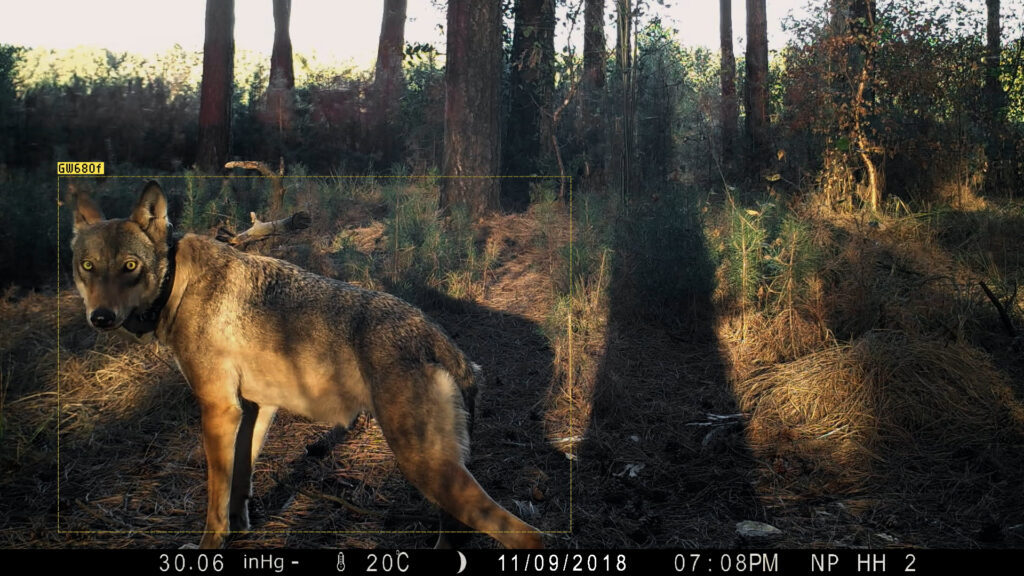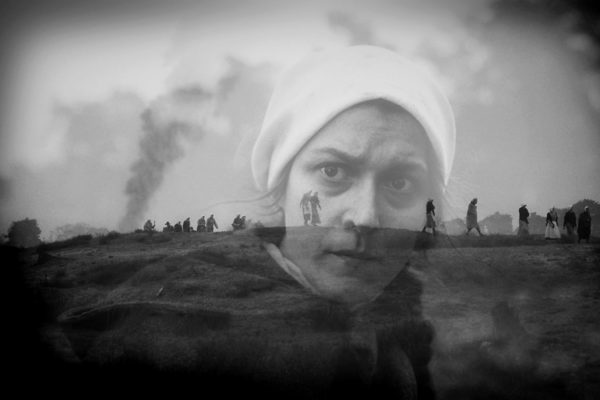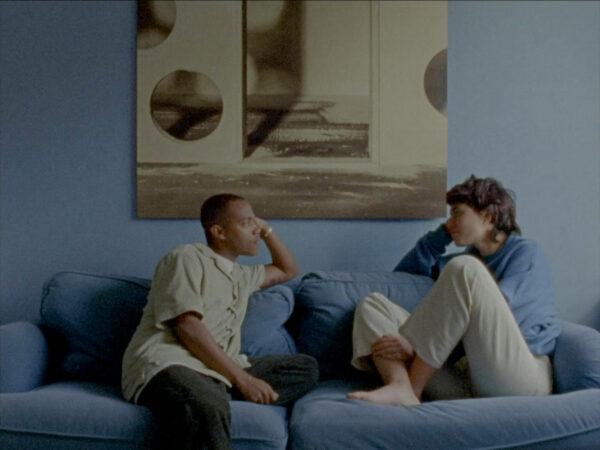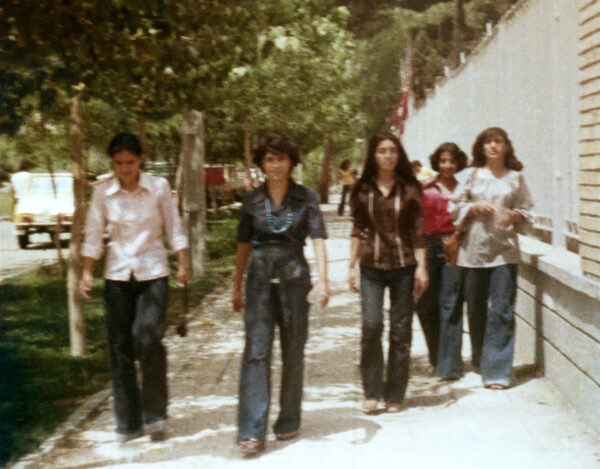Homo Lupo Lupus Est
Naya – Der Wald hat tausend Augen
By taking the disembodied point of view of automatic cameras, Naya — Der Wald hat tausend Augen covers an incredible amount of ground, and not only geographically.

“The forest has a thousand eyes,” goes an old German hunters’sproverb. It obviously refers to the eyes of wild animals, but in his short documentary Naya — Der Wald hat tausend Augen, Dutch filmmaker Sebastian Mulder turns it around completely. Now it is about the eyes of surveillance cameras. In his films, among which Nature – All Right Reserved is probably the best-known one, Mulder deals with nature and technology. Ostensibly a documentary about a wolf, his new short film is really about people and how they perceive and treat nature in Western Europe in the 21st century.
The short opens with footage of a wolf in the woods, apparently filmed by some sort of automatic camera that tracks movement or by a camera person who is either not great at their job or intentionally wanted to achieve this very effect. In any case, it feels voyeuristic as it captures the animal between trees in the distance. In the next shot, we see it lying on a tarp, tranquilised, and getting equipped with a collar with a device on it. A narrative title, popping up on the static-filled screen in a 1980s computer font, informs us that the eponymous lupine character is a female from Germany, captured by researchers and sent over to Belgium with a GPS transmitter. We spend the rest of the film hoping to spot her.
Yet, we’re only joining an imminent wolf hype in Flanders. This is the first wolf in the region in a hundred years, tells us one of the numerous radio shows that Mulder uses in place of a narrator. The broadcast happens on Valentine’s Day, and as local radio hosts are liable to do, they frame it as a love story—Naya is looking for the love of her life. It’s not exactly clear why they are hoping for this, as it’s a known fact there are no other wolves in the area. This unrealistic goal is not explained in the film, but eventually, almost against all odds, Naya will find a mate.
All the visuals in the documentary are compiled from security cameras that are now not only controlling our streets but, evidently, nature too. In the beginning, the viewer struggles to perhaps make out a wolf shape in the pixelated footage, a lot of it black-and-white. And people of Limburg province in Flanders are also looking for whom they now call “our Naya”. According to the radio, tours are organised to find her. As people with walking sticks gather in forestry areas, the security cameras Mulder picks are on the eye-level of a wolf: we only see their legs. If the viewer were a wolf, they’d definitely be afraid. Especially with the inevitable hunters and poachers getting all excited.
The film creates a sense of suspense through Nina Graafland’s fast editing of radio broadcasts. On the other hand, there’s a nice dose of humour with simulated facial-recognition yellow squares drawn around other animals, reminding us that a mouse, a badger, and a deer are not Naya. Additionally, when she finds her mate August, a radio host’s cheerful expectations for a love affair are supported by images of other animals mating, with their eyes pixelated, like in a candid sex video.
Even by just taking the disembodied point of view of automatic cameras, Naya covers an incredible amount of ground, and not only geographically: in addition to the relationship between humans, nature, and technology, it deals with the effects of commercialism and capitalism, with animals’ rights and the increasingly hard-to-justify issue of hunting. But most pointedly, it deals with the elusive cushiness of the civilization that we’ve built in the West and how we’ve forgotten that real nature still exists around us.
Meanwhile, thousands—really millions—of camera eyes are everywhere around us, but we still do not feel safe and, at the same time, we are paranoid about our privacy. Man may be on the top of the food chain, but predators remain predators, and prey stay prey. We should be reminded of this more often and better appreciate what we have built, and respect what we have built it on. Or it will, as it has proven again and again, turn around and bite—sometimes literally so.




There are no comments yet, be the first!